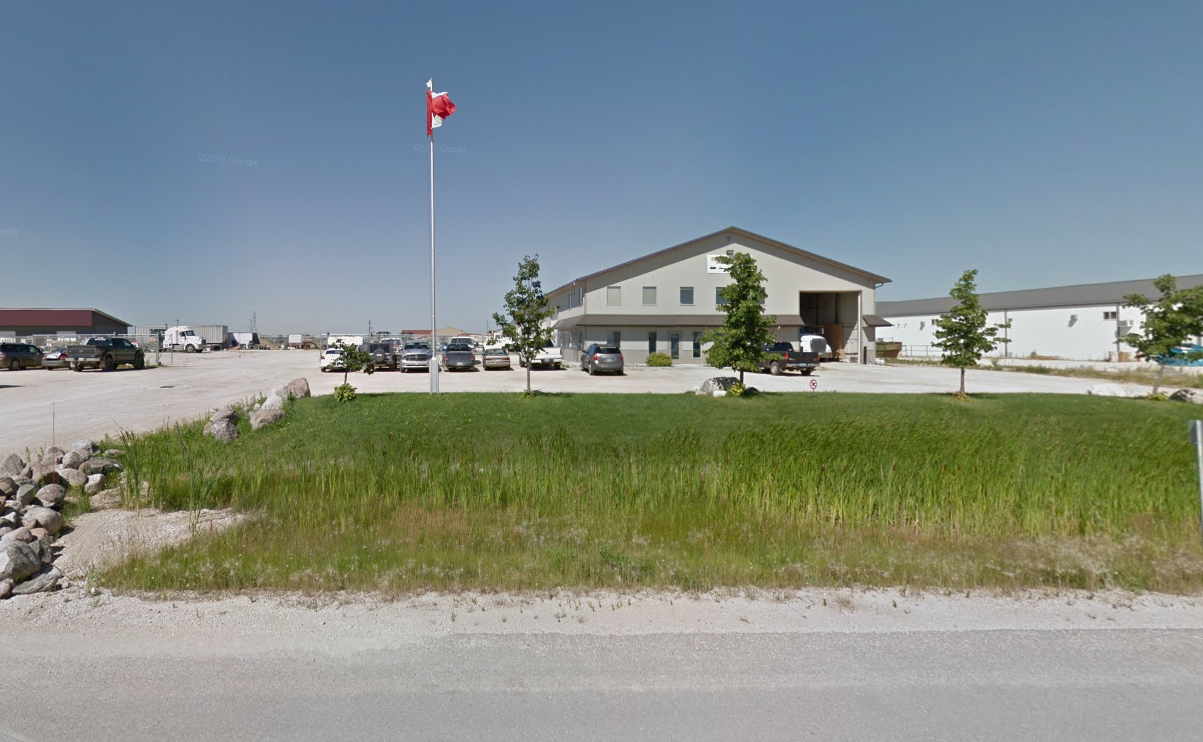VII. PRODUCTS. PRODUCTS, PRODUCTS
There is no question that the manufacturers, including Production have done everything they can to cause confusion in our industry about products The names and types of products will drive you crazy if you let them. Polishes, waxes, sealers, glazes,
machine glazes, sealers, color brighteners,liquid waxes, pre-softened waxes, paste
waxes, etc.. If you are new to the business, you probably think it takes an advanced
degree from a university to figure it all out. Fortunately, that's not true and the
understanding of all products can be simple
hr general, all reconditioning products can be placed in categories by the types of
products they are:
t. Polishes and Waxes
2. Dressing
3. Engine Degreasers
4. Paints and Dyes
5. Buffing Cleaners and Compounds
6. Soaps and Detergent Cleaners
7. Body Prep Solvents
Although each of these areas offers some confusion, without question the most confusing are the polishes and waxes, and cleaners and compounds. The confusion in these areas has been heightened by the improper use of names used to describe what products actually do. You should know the correct usage of terms to describe various products, however, you should keep in mind that many products are misnamed.
ENGINE DEGREASERS
Most engine degreasers are solvent-based or a combination type. Solvent-based degreasers perform extremely well on grease, but are not as effective on dirt. Waterbased degreasers like Slam and 402All Purpose Degreaser perform quite well on dirt, but are less effective on grease. Combination type degreasers perform well on both dirt and grease. Cleans A Lot Degreaser fits that class.
BODY PREP SOLVENTS
Body prep solvents can be differentiated by how strong they are. Normally the more expensive, faster evaporating products are stronger. If the product is made too strong, it will have a tendency to remove some paint.
DRESSINGS
The next class of products to be discussed is dressings. Lr the broadest sense, you have rubber dressings and vinyl dressings. There are a number of types of vinyl dressings and they are best thought of in terms of the type or product they are.
1. Silicone Emulsion Type - These are white or off white, normally more expensive than the floor type - not usually recommended for tops. Armor All is this type of dressing and vinyl dressing (Bingo).
2. Solvent Based Polymer - These are usually products recommended for interiors and rubber. Super Stuff Dressing. Many vinyl dressings can be used as rubber dressings, but these are less expensive way to make rubber shine. Most products sold as rubber dressings are inexpensive water based products which produce a quick shine but normally wash off easily.
SOAPS AND DETERGENT CLEANERS
Most liquid car soaps are thick, concentrated and high sudsing. They provide a glow to a car and help eliminate water spots. Detergent cleaners, whether they be whitewall cleaners, upholstery cleaners, or top cleaners, can be differentiated by there thickness, cleaning power, sudsing ability and how caustic they are. Despite the labeling differences, most good cleaners will perform a multitude of tasks. If it's a good cleaner, it's a good cleaner.
There are two basic types of detergent cleaners being made to clean carpets: One is a thick high sudsing product - this type of product cannot be used as a whitewall or top cleaner. The second type is the thinner, lower sudsing, all purpose cleaner type
product.
VIII. DEFINITION OF TERMS FOR POLISHES AND COMPOUNDS
CLEANER & A product that removes paint and deposits a transparent coating to
GLAZE: modify the effect. Generally offers little or no protection.
CLEANER & A product that removes paint and adds a protective finish which
WAX: will last 60 to 90 days.
CLEANER: Mild polishing compound made with mild abrasives to remove
light oxidation and scratches.
COMPOUND: Heavy duty cleaner made with heavy abrasives to remove deep
scratches and heavy oxidation.
GLAZE: A thin layer of transparent color spread over a painted surface to
modify the effect. Anything used to produce a shine. Generally
offers little or no protection.
POLISH: Anything used to produce a gloss or luster, generally offers more
protection.
SEALANT: Penetrates finish to bond with existing paint finish. Creates a
protective film but is subject to the same elements as wax.
WAX: Anything used to protect the finish and enhance the shine.
It is simplest to think about all polishes, cleaners and compounds in terms of what they actually do. Every buffing product or hand product used on the surface of an automobile can be placed in one of these classes, regardless of what it is called.
CLASS I: Provides protective coating and removes little or no paint. Class I. products are final finish products whose principal purpose is to provide paint protection. This class includes most glazes and waxes.
CLASS II : Removes paint and provides a protective coating. Class II is another broad class that includes all cleaner and glaze products and are sometimes called "one-step" ot "one-shot" products.
CLASS III: Removes paint. Class Itr is the broadest class and includes buffing cleaners and compounds regardless of how strong or abrasive they are.
In trying to identify what a product is, the name can be least important. What is important is understanding what the product does and how it is being used. Taking, by way of an example, some of the Production polishes and buffing products, we would classify them as follows:
CLASS I: Products that remove little or no paint (waxes and sealants) and provide a protective coating:

CLASS II: Mild and medium cutting products which remove a fair amount of paint. Commonly called cleaners, color brighteners, cleaner and polish, cleaner and glaze, cleaner and wax, one steps or machine glazes. Provides a protective coating.

CLASS III: Heavy cutting products which remove a lot of paint. Commonly called compounds, heavy/extra heavy duty cleaners, or buffing cleaners.


